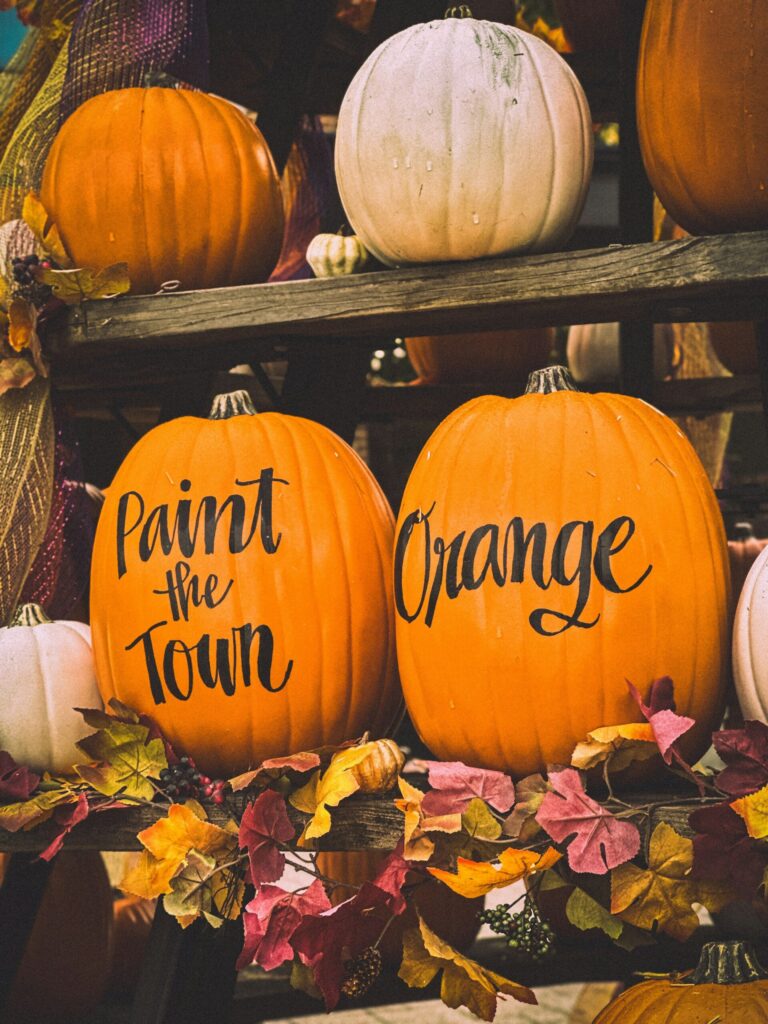
We are reader-supported. When you buy through links on our site, we may earn an affiliate commission.
Holidays are filled with traditions, which are different for every household. When Christmas rolls back around, you might have a tradition where you hang all your decorations on the first day of December or count down the days on a special calendar. Learning about Christmas tree species might not be one of your traditions, but it could make your holiday even more special this year.
Many people maintain a tradition of traveling to a tree farm to choose their Christmas tree together. It’s fun to run down the rows of trees, inspect each one and picture how you’ll decorate it. The challenge is making the final decision to cut the tree down and drive it home.
If you’re unsure what tree to buy this year, read about how to pick a Christmas tree for your home. You’ll learn about different Christmas tree species and what features might be best for the space you’re working with. With these tips, picking out your tree will be less of a hassle and more of a holiday treat.
1. Measure Your Space

Before you head to your local tree farm, measure the space where you want to set up your tree. You’ll need to know what kind of height you’re dealing with to narrow down which trees will fit in your home. You should also think about the width of the tree, so you don’t have to cram it between your couch and your fireplace.
Don’t forget to think about how far you’ll carry the tree, how many doorways you’ll pass through and if your neighborhood has limits on the tree sizes they’ll pick up after the holidays are over. No one wants to get stuck with a tree that doesn’t fit in their home and that won’t be picked up from the side of the road after New Year’s Eve.
2. Consider Christmas Tree Species
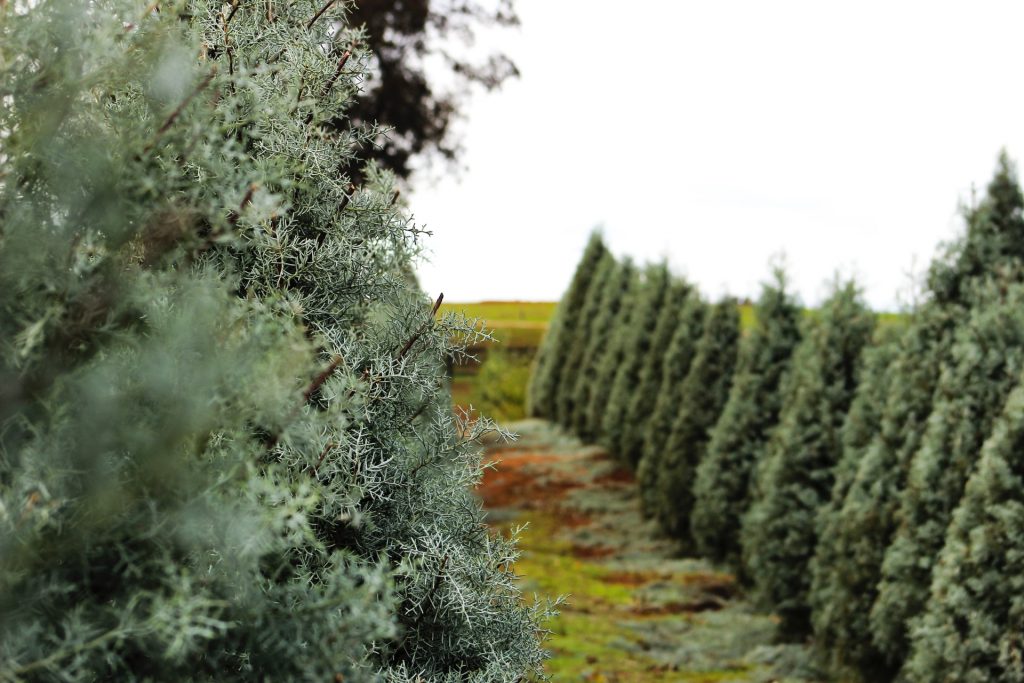
There are tons of different types of Christmas trees to choose from, which all have pros and cons. Read about each before bringing one home.
White Pine Tree
The white pine is a softer tree that grows taller than most varieties, so it’s great for rooms with high ceilings. Make sure you water it twice a day if you buy one and don’t hang heavy ornaments as the branches are fairly thin.
Balsam Fir Tree
This tree has the classic Christmas tree scent and shape, so your home will immediately be filled with the Christmas spirit. Although it won’t lose its needles easily, it has flexible branches that can only hold lighter ornaments.
Blue Spruce Tree
The blue spruce has a beautiful blue hue to its green branches, so it’s eye-catching with or without decorations. It doesn’t shed easily and can hold up most ornaments, although it doesn’t have much of a scent and may only come in small sizes.
3. Watch for Discoloration
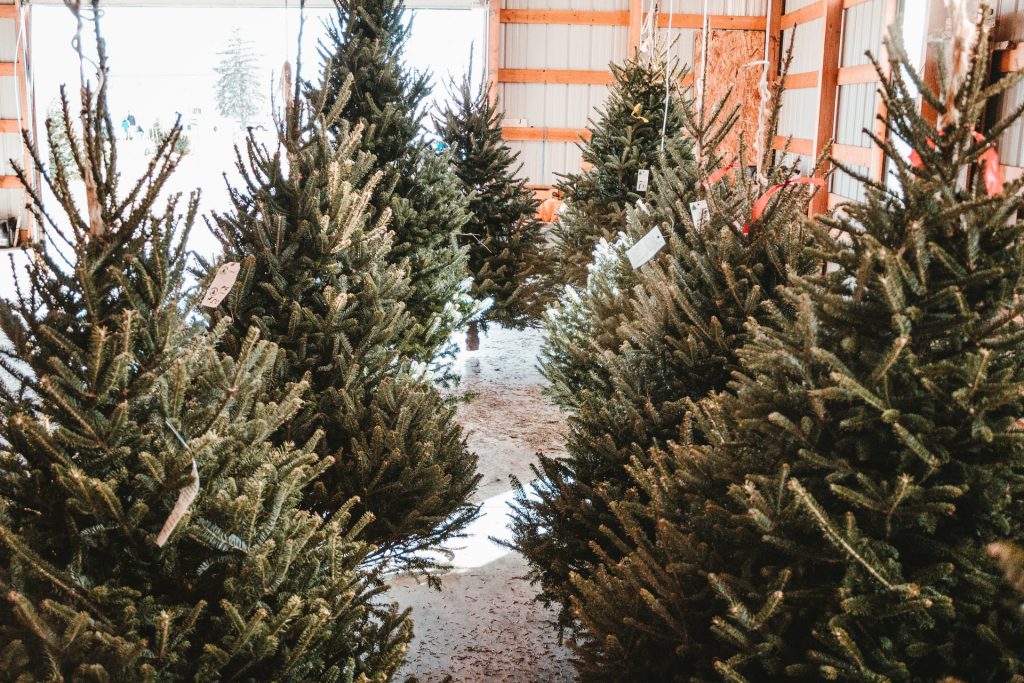
After you’ve chosen which kind of tree you’d like, watch for discoloration. Walk around each tree you consider to look for brown spots in the needles.
Tiny spots here and there can be covered up with ornaments, but large ones will be harder to hide.
4. Check for Bare Spots
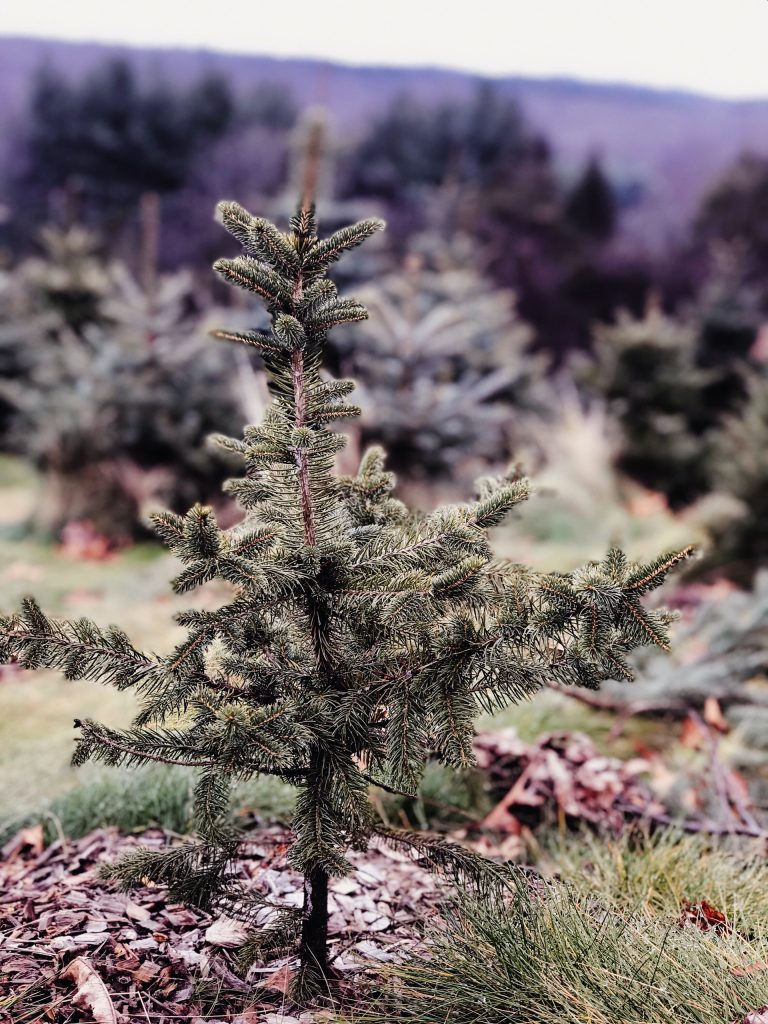
No farmer can grow a Christmas tree that naturally has the perfect fill and shape. Trees have bare spots for a variety of reasons, so look for them while you check for discoloration. Bare spots are areas where the branches aren’t as full as others or are missing branches entirely.
You can cover a bare spot by turning it towards the corner of a room, but multiple will be difficult to hide with lights and ornaments.
5. Cut Flat at the Bottom
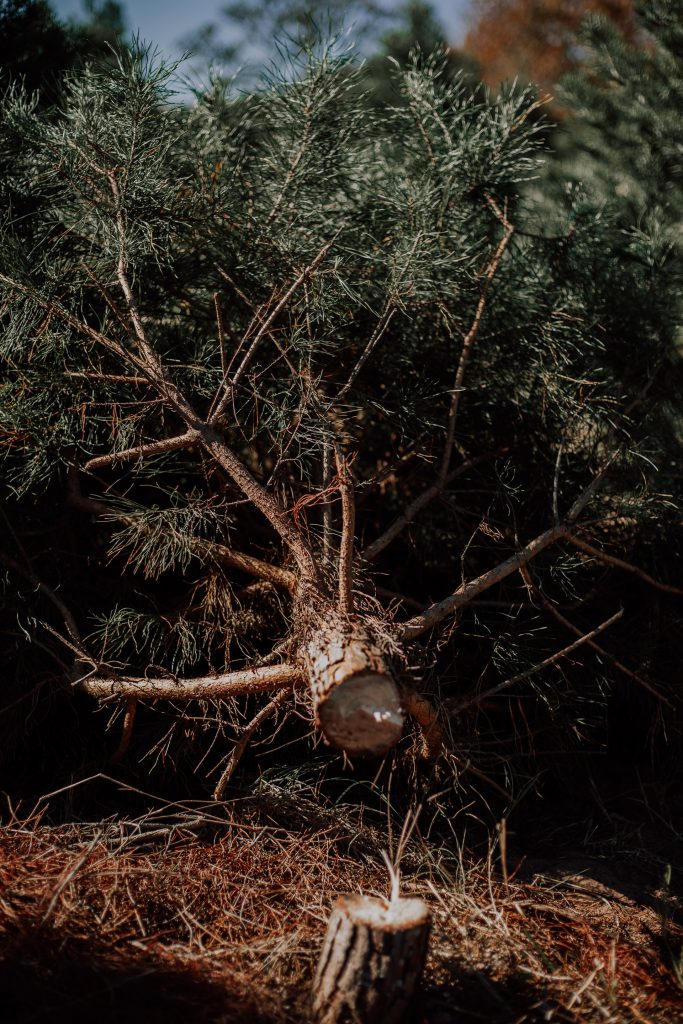
Once you’ve found the tree you like, call the tree farmer over to cut it down for you. They’ll trim it into the famous Christmas tree shape — if they haven’t already — and then they’ll cut it off at the base of the trunk.
Make sure they cut the trunk in a flat line instead of an angled one, so the tree can absorb more daily water through the increased surface molecules.
6. Wrap Your Tree
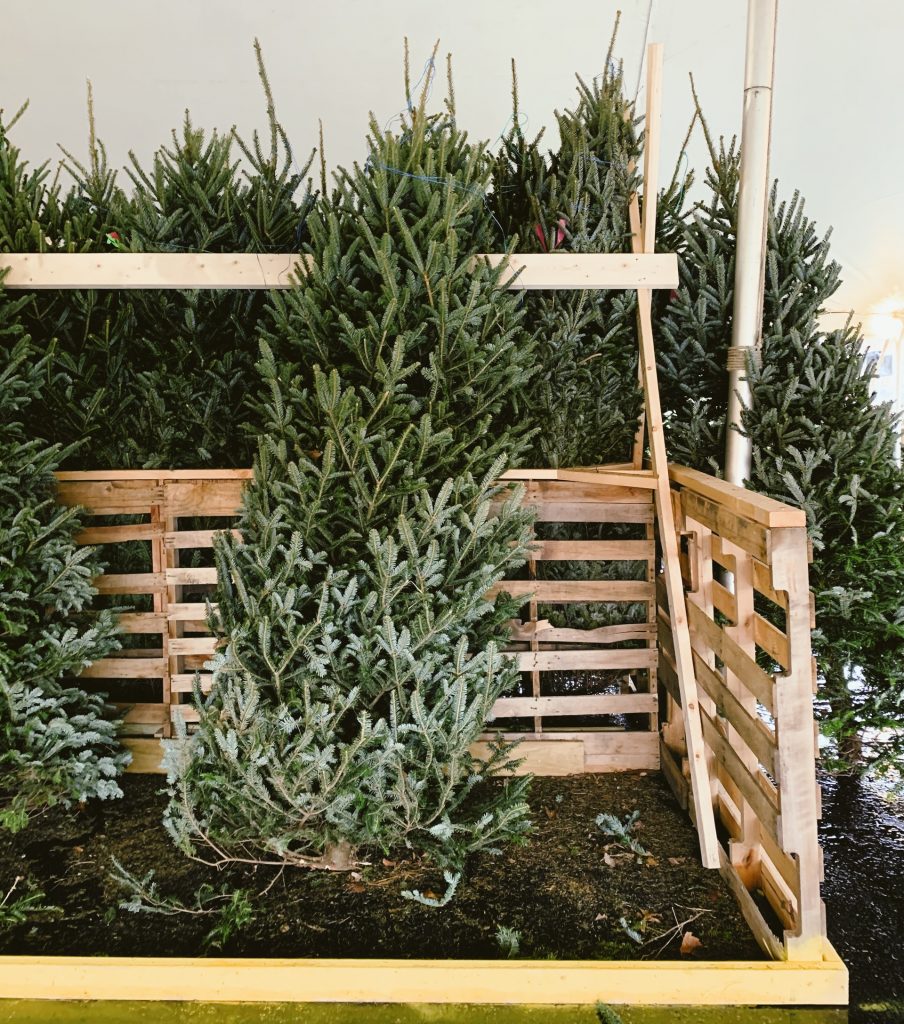
Most people take their tree home by tying it to the top of their car or securing it in the bed of their trunk. Before you do that, ask the tree farmers to wrap your tree tightly with any netting they have on hand. They’ll put the tree in a shaker to loosen any dead or weak needles and then wrap it up in seconds for easy transport.
You’ll be glad you asked when you’re carrying the tree through a door frame or narrow hallway in your home. The fewer needles you need to sweep off your floors, the merrier you’ll be.
Consider Different Christmas Tree Species
You might be itching to get out there and bring home your Christmas tree, but plan everything out before you leave. If you know what measurements the tree needs to be, what Christmas tree species you want and how to cut it down, you’ll end up with a tree that fills your home with extra joy during the holidays.


